How to Import CGATE.H packages in OMNET++
Here, we will explain about the cGate header is an essential component that represents the communication interfaces or “gates” through which modules in a simulation exchange messages. Gates serve as the endpoints for message passing between modules, allowing data or signals to flow from one module to another, thereby facilitating interaction and network connectivity within the simulation. Each cGate instance corresponds to an input or output point on a module. For a module to send or receive messages, it must have one or more gates defined. Gates can be unconnected, connected directly to another gate on a different module, or connected via a cChannel object that represents a communication link with specific properties (like delay or data rate). The cGate class provides various functionalities, including methods for connecting and disconnecting gates, checking connection status, and accessing the connected gate or channel. Gates are often used in pairs (input-output) for bidirectional communication between modules, and they play a critical role in defining the structure and behaviour of networks within OMNeT++ simulations.
Here, we have an exciting and exclusive article that is just popped out for you to notify the steps that are required for the installation of cGate.h.
PRE-REQUISITES:
- Fresh installation of Windows 10:
Screenshot:
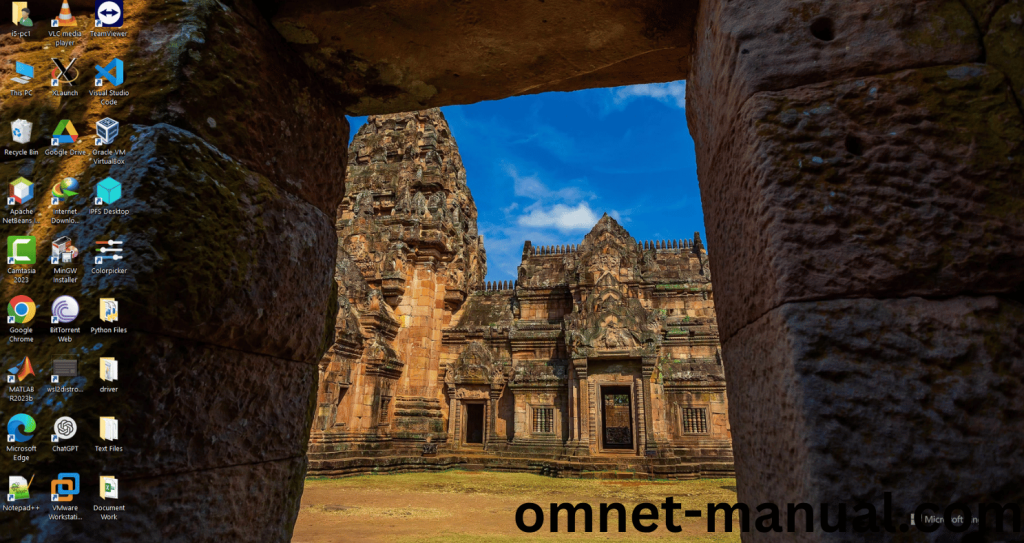
2.OMNET++ Installation:
Screenshot:
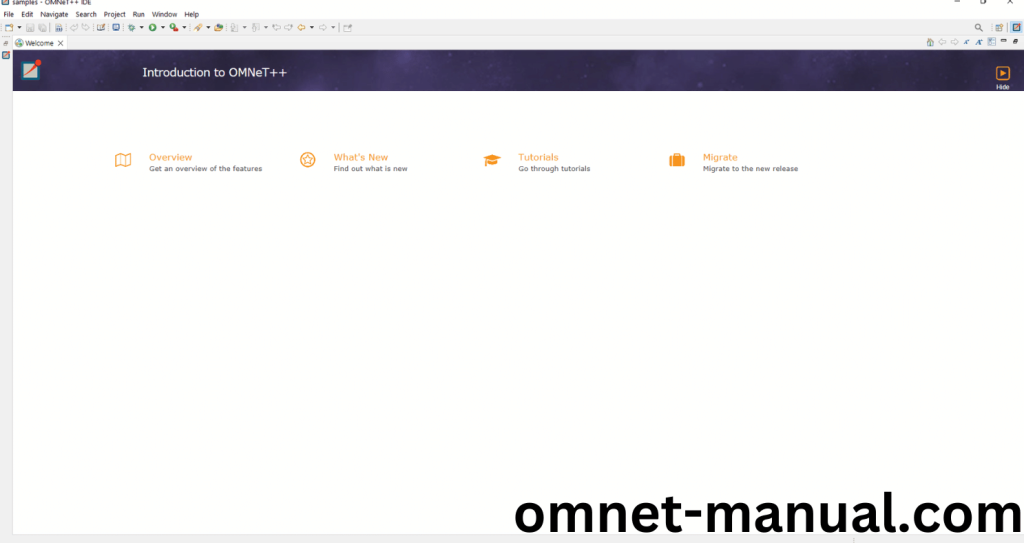
HEADER FILE VERIFICATION:
- Locate to the Examples:
Screenshot:
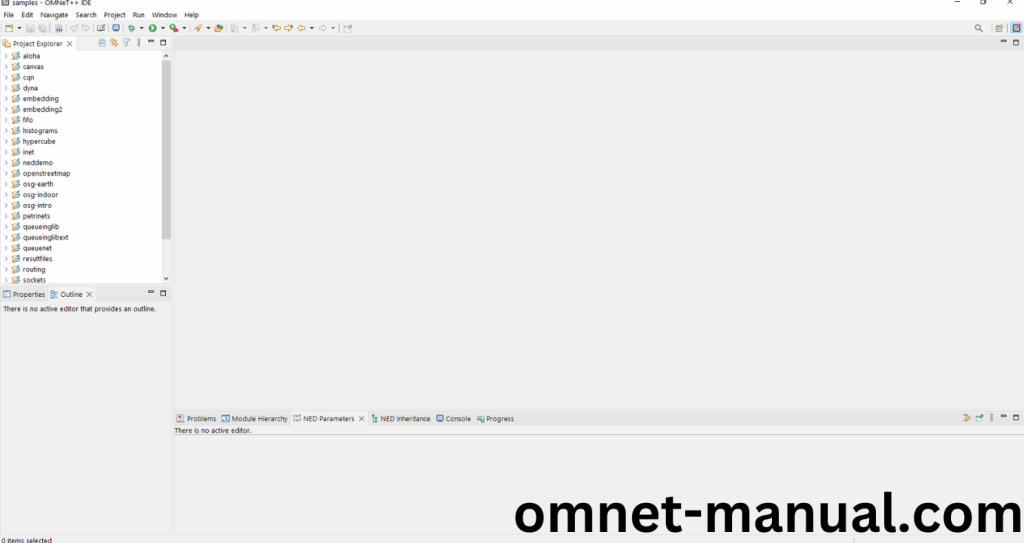
2.OMNeT++ Building Process:
Next, we need to build the Petrinets folder to make Petrinets Example to work in the OMNET++ 6.0.2 IDE. Right Click the Petrinets folder and Click the Build Project Option to build the Petrinets Folder.
Screenshot:
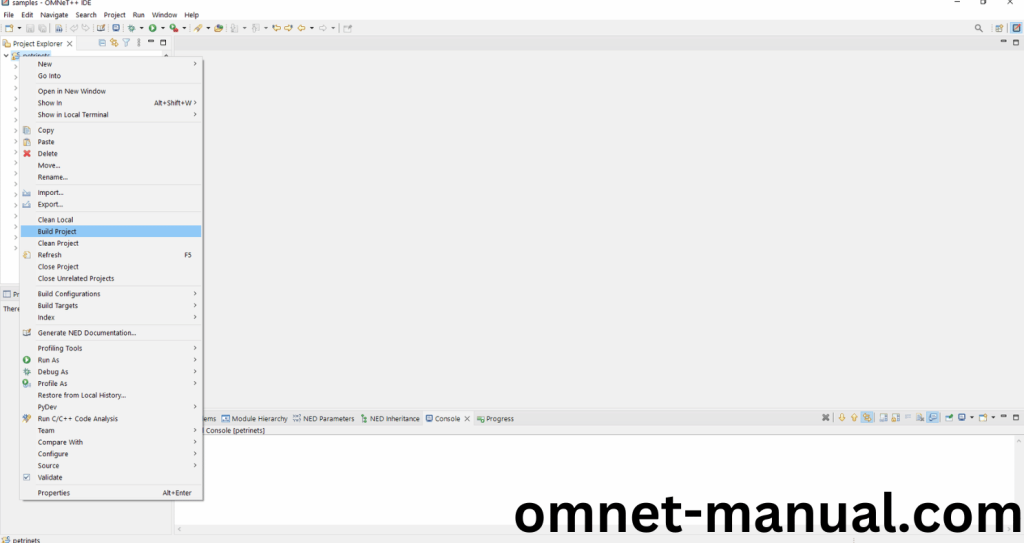
Here, we shown the Petrinets Building Process.
Screenshot:
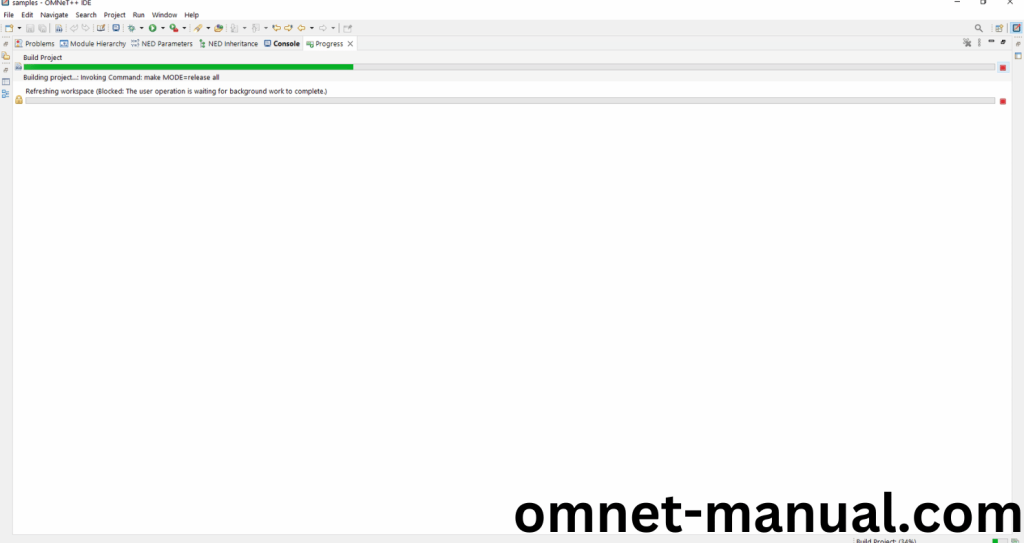
Screenshot:
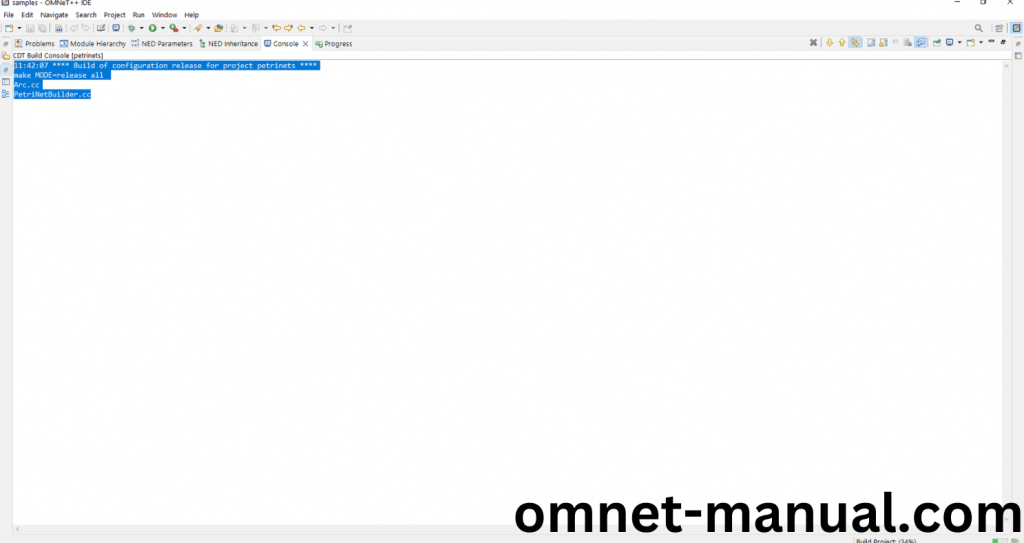
Screenshot:
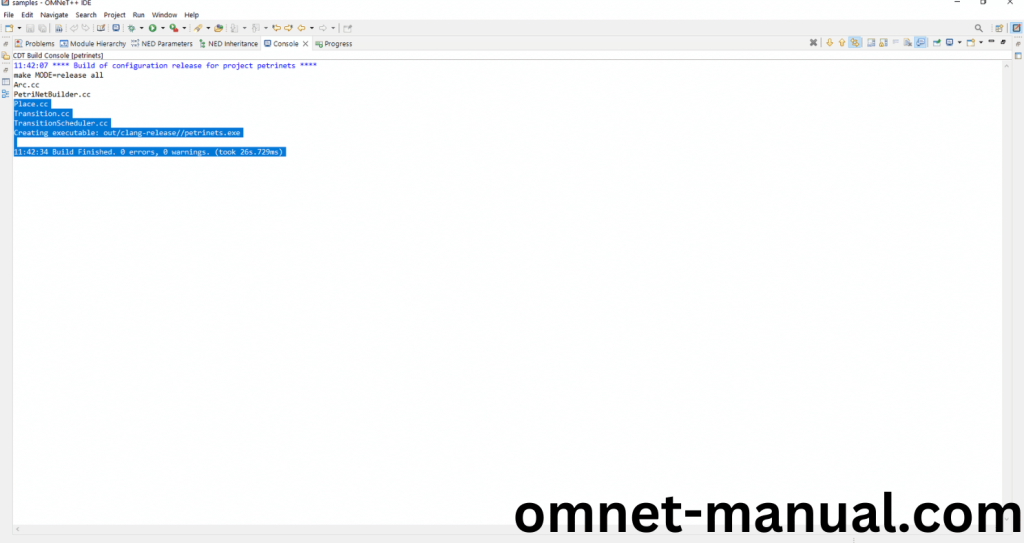
Here We successfully built and imported the Petrinets Example in the OMNET++ IDE.
3.Importing cGate.h:
Here we imported the cGate.h header file in this example program by clicking the Transition.cc, you can see the header imported.
Screenshot:
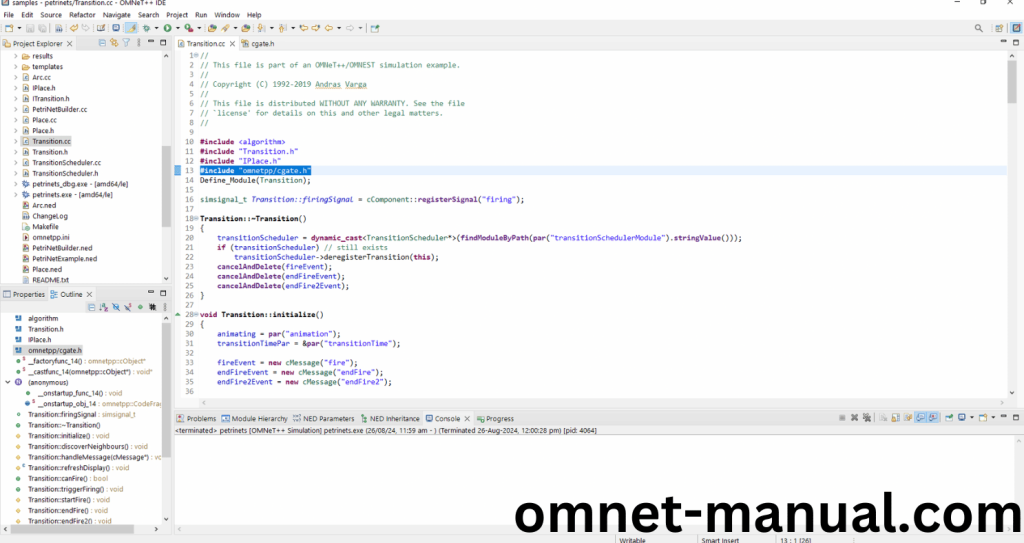
Here we highlighted the code line that represents the code line belongs to cGate header.
Screenshot:
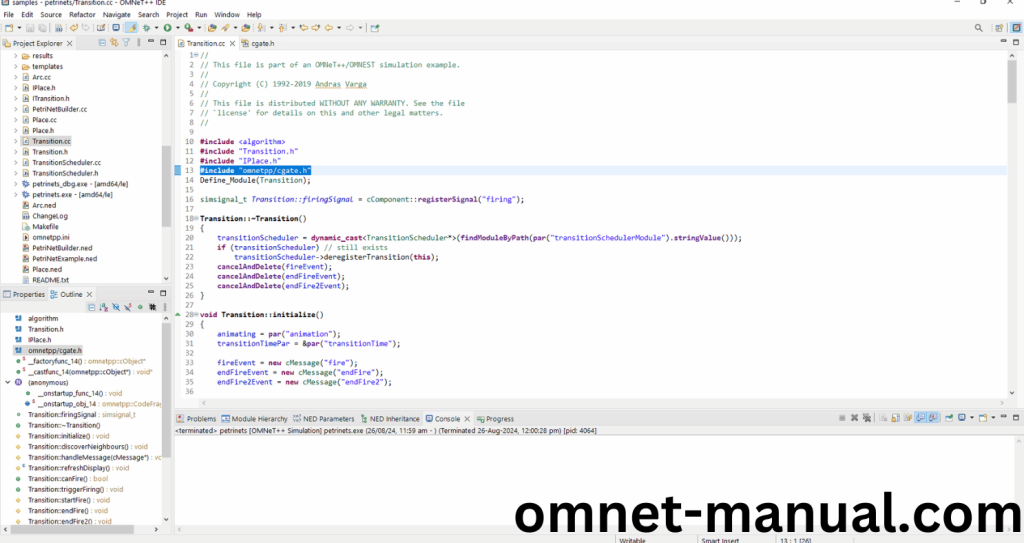
Press Control key and click the cGate.h to open the header file.
Screenshot:

Here we will show the cGate.h header file to show the highlighted line imported from the cGate.h in the example code.
Screenshot:
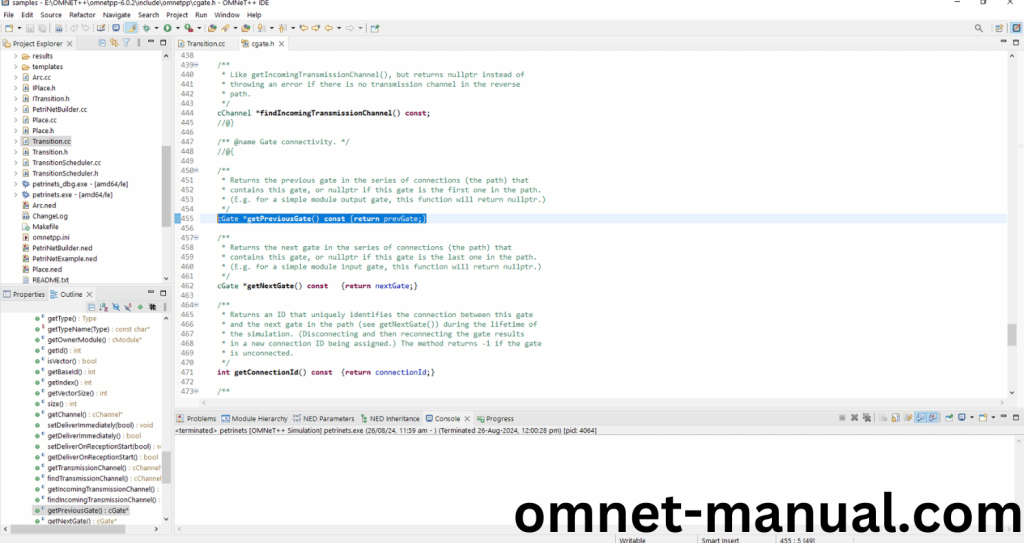
4.Executing the Example Program Using cGate header file:
Then we need to run the Example program Using cGate header file to view output of the program. Firstly, we need to locate to the “/Petrinets/” to find the example program in the Petrinets Folder.
Screenshot:
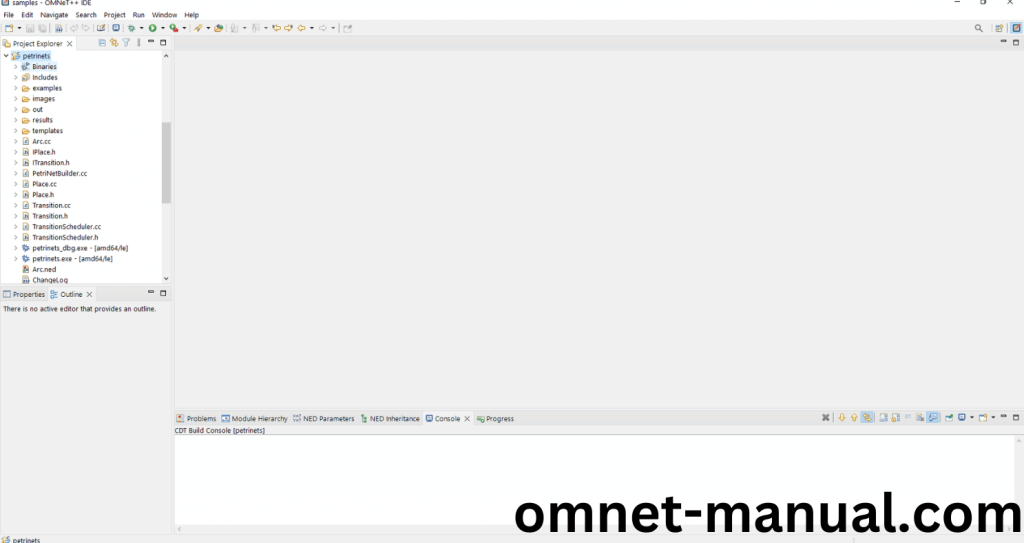
Next click the “omnetpp.ini” file and Configuration of the Petrinets Program.
Screenshot:
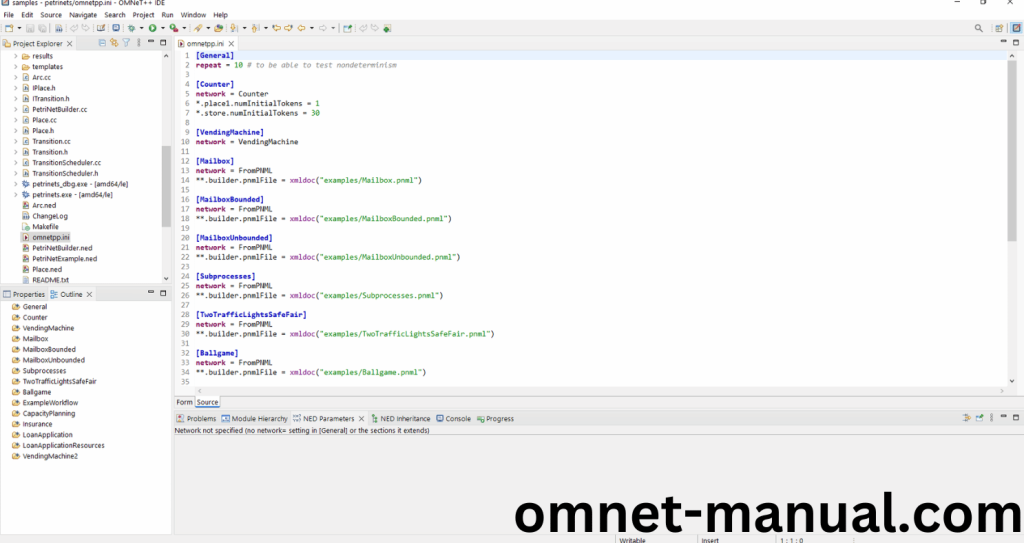
Next, Right Click the omnetpp.ini file, click the Run As and then Click the OMNeT++ Simulation.
Screenshot:
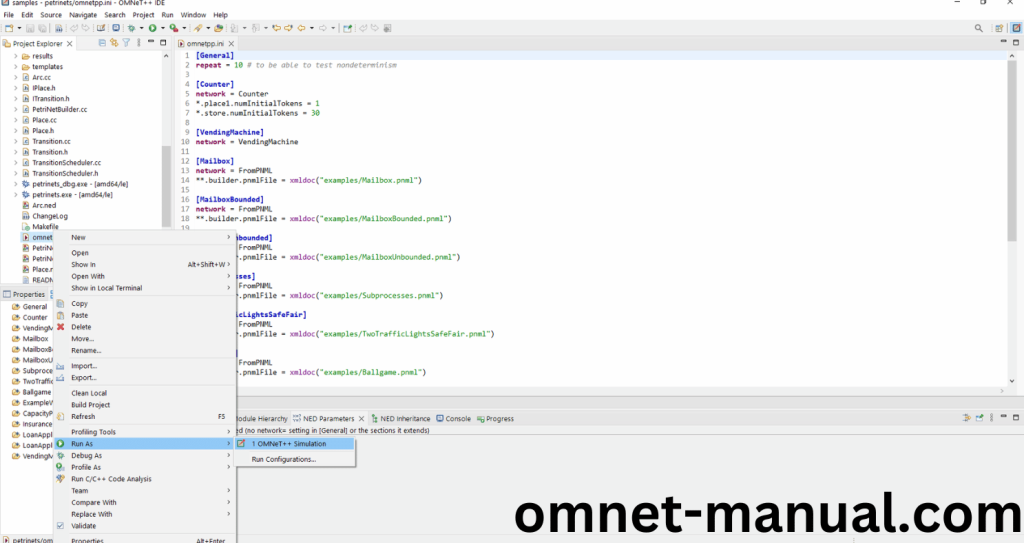
If you got any prompt, then Click the OK button to build and Simulate the Example program.
Screenshot:
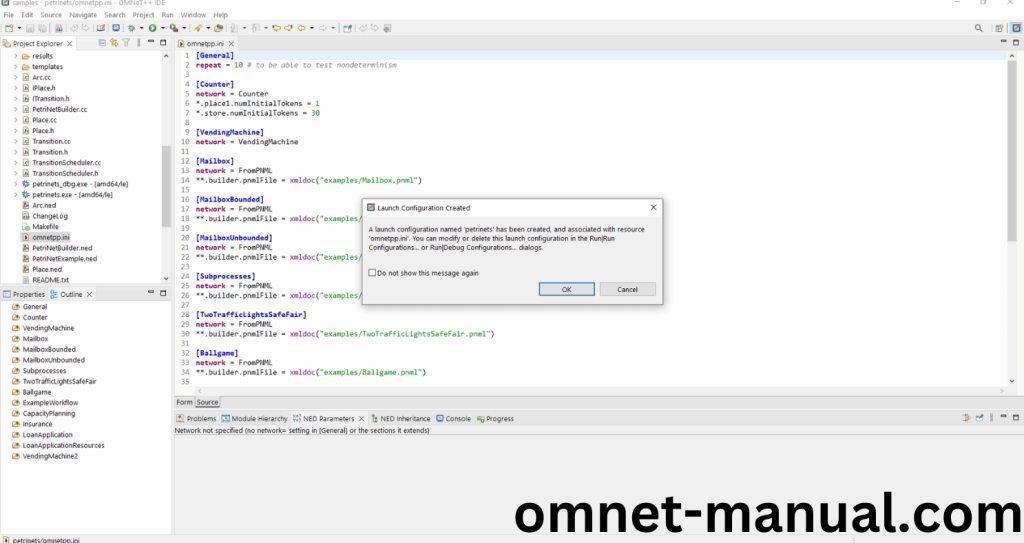
Click the Any Configuration in the Omnet++ Ide to select the Configuration for the Example Program Simulation.
Screenshot:
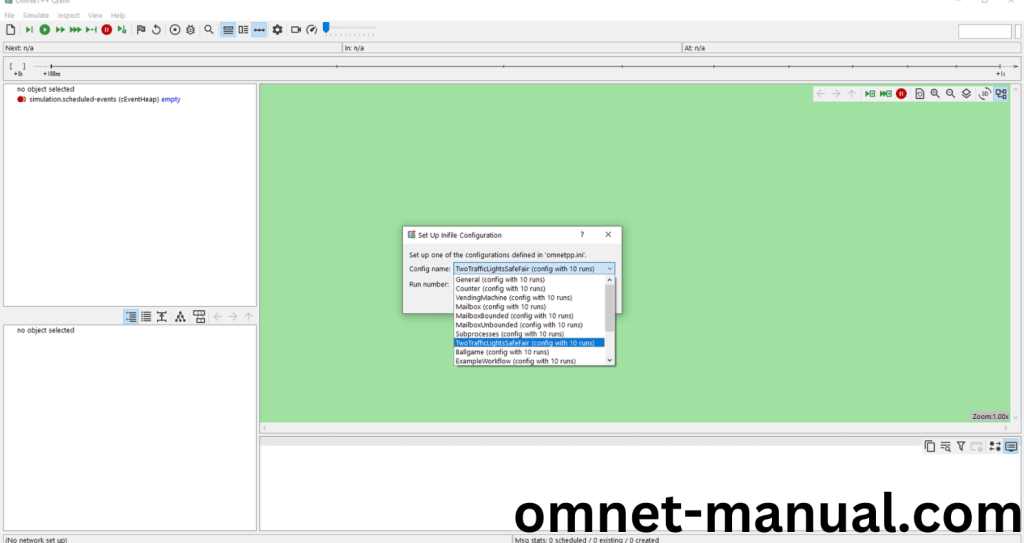
Click the Run Button in the Omnet++ Ide to simulate the Example Program.
Screenshot:
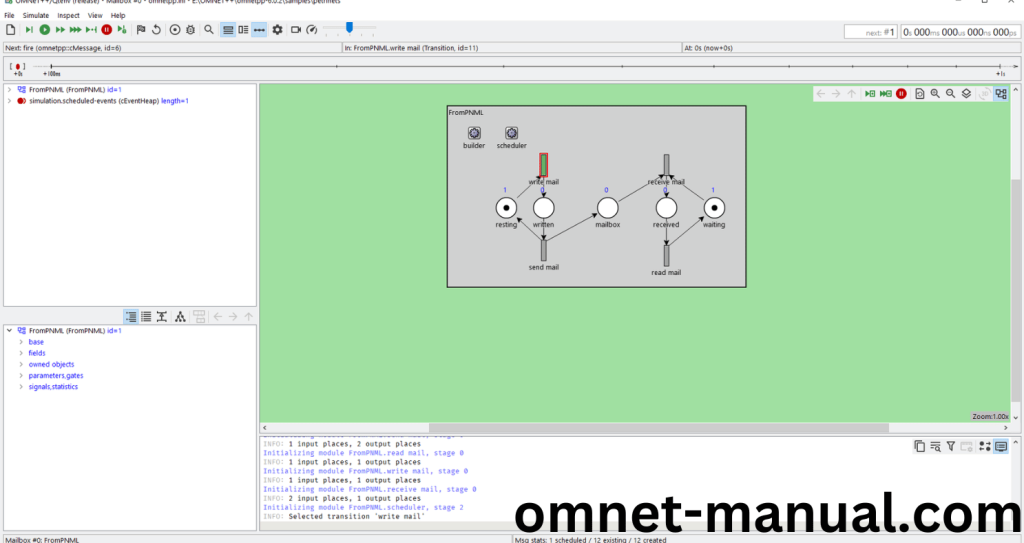
Screenshot:
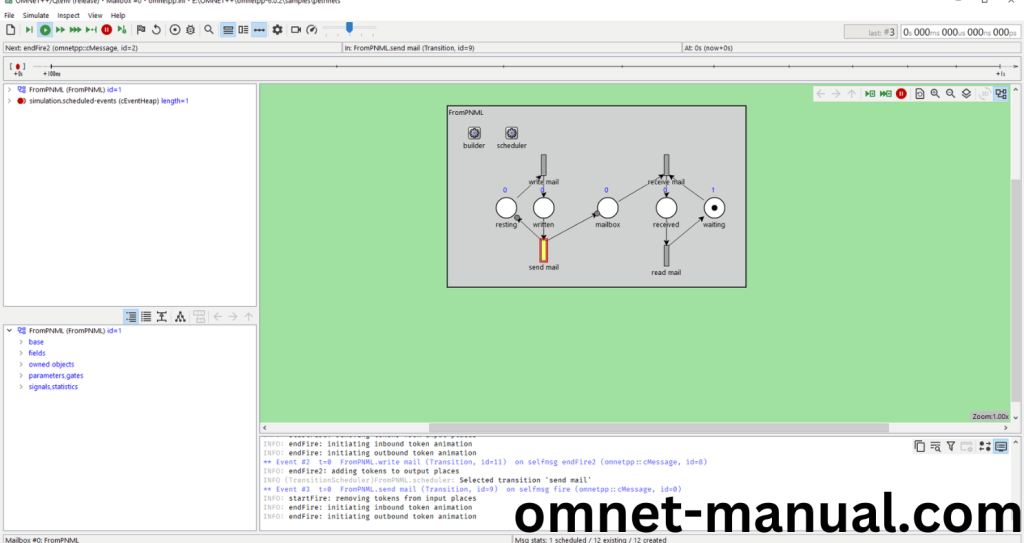
Screenshot:
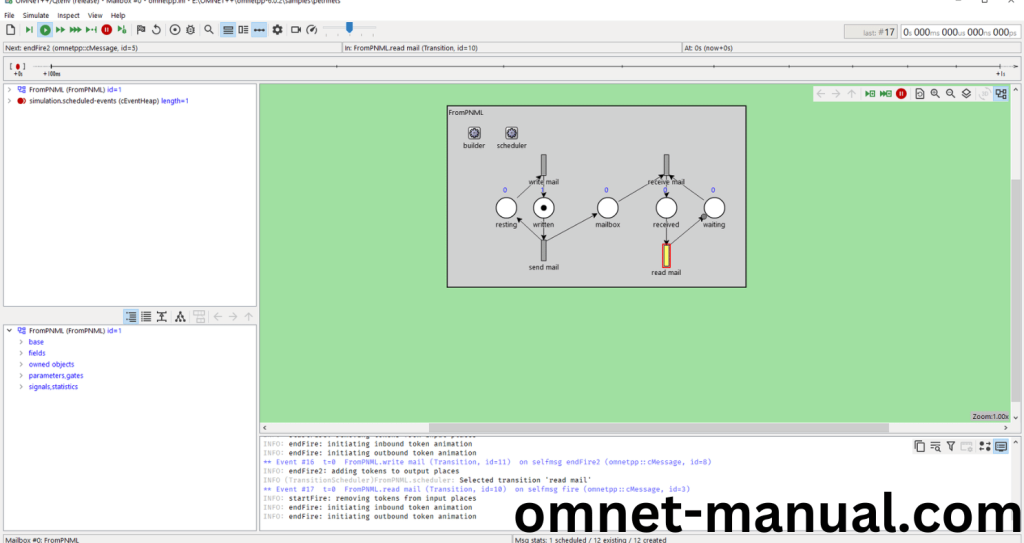
Simulation Completed Successfully by the Petrinets Example Using cGate header.
